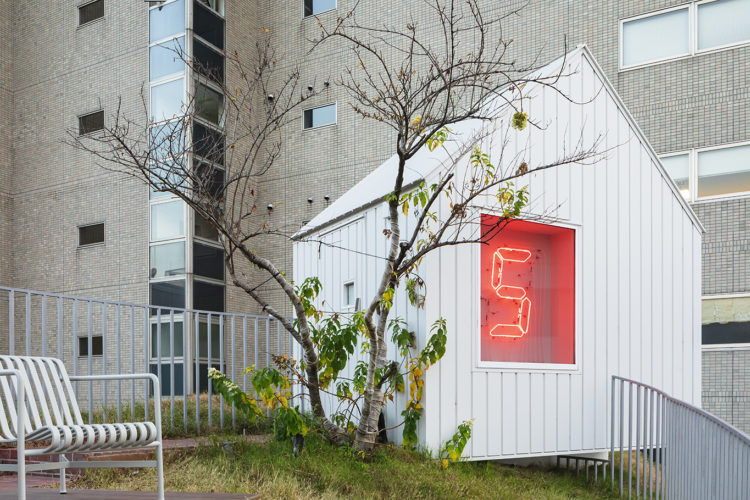TATSUO MIYAJIMA
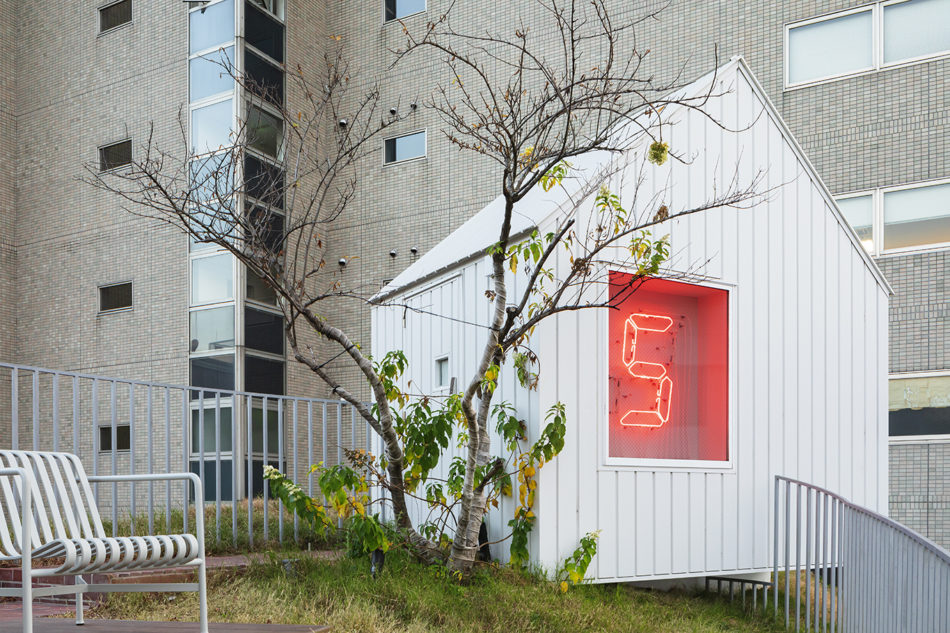
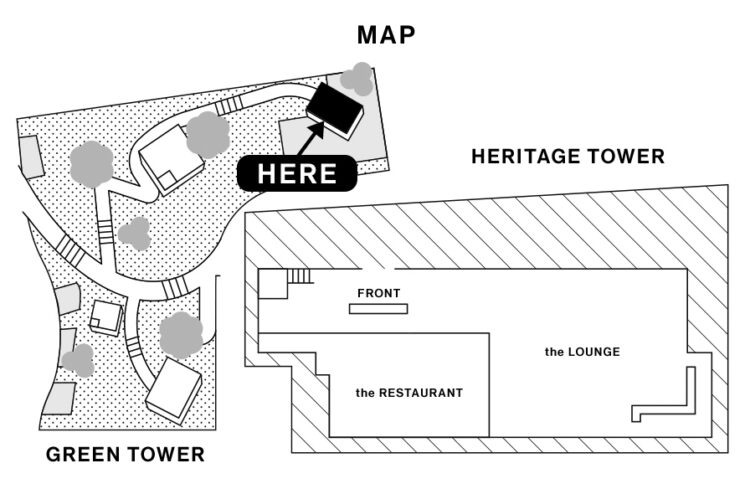
Time Neon – 02
2020
Life (le corps sans organes)- no.17
2013
Life (le corps sans organes)- no.10
2014
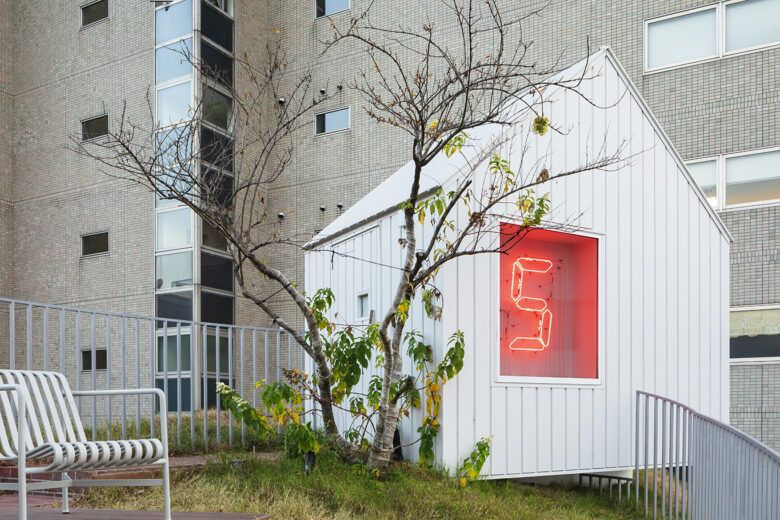
Time Neon – 02
2020
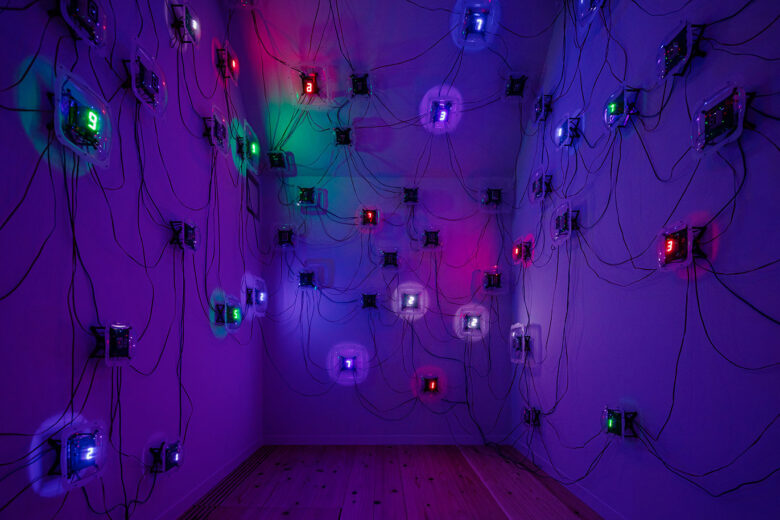
Life (le corps sans organes)- no.17
2013
Life (le corps sans organes)- no.10
2014
Tatsuo Miyajima began his career in the performing arts in the 1980s. He currently creates installations using LED digital counters and projects based on collaboration with visitors. Under the three concepts “Keep Changing”, “Connect with Everything”, and “Continue Forever”, he continues his attempts to visualise time and his observations of the flow of time and human activity.In 1988, Miyajima participated in Aperto, a section for young artists in the Venice Biennale.
In 1998, he represented the Japanese pavilion at the 48th Venice Biennale, where he presented MEGA DEATH, a work consisting of 2,400 “gadgets”. He has presented in exhibitions worldwide and gained international renown. In the 2000s, Miyajima began promoting his “Art in You” concept, highlighting the possibilities for creativity from anyone. In 2017, seeking to help heal the damage of the Great East Japan Earthquake and Tsunami, comfort the souls of those lost to the tragedy, keep memory of the tragedy alive, and create hope for future, he founded the Sea of Time – Tohoku project. With the cooperation of other participants, the project aims to install 3,000 LED counters in permanent locations facing the ocean.
Miyajima has many permanent exhibitions and commissioned works, including Time Link (1989/1994) at the Hara Museum, Sea of Time ’98 (1998) at the Naoshima Art House Project, and Counter Void (2003) at the TV Asahi building in Roppongi Hills. For the Shiroiya Hotel, two works from Miyajima’s LIFE (Corps sans Organes) series were installed inside a shed at the highest point of the Green Tower, and a new work, Time Neon, was installed in an outward-facing window. The numbers on the digital counters represent life. Because everyone breathes at a different rate, the speed at which the numbers change on these “gadgets” is also random. The digits cycle repeatedly from 1 to 9, but the digit 0, which indicates death, is never shown. Instead, there appears a transient darkness to recall the cycle of life and death, a fundamental matter for humanity. Taking off their shoes, entering the room, and relaxing as they confront the work in silence, the viewer can look into themselves, think, and spend time meditating. The open window with red neon slowly and silently marks the passing of time, beaming light to the city as a landmark.
